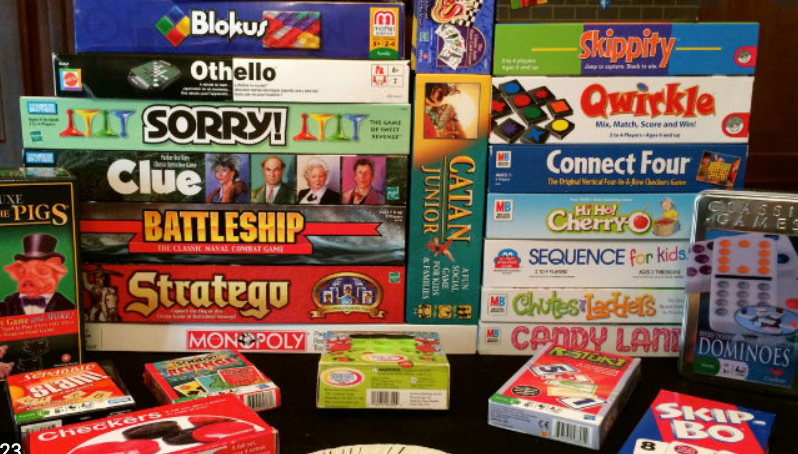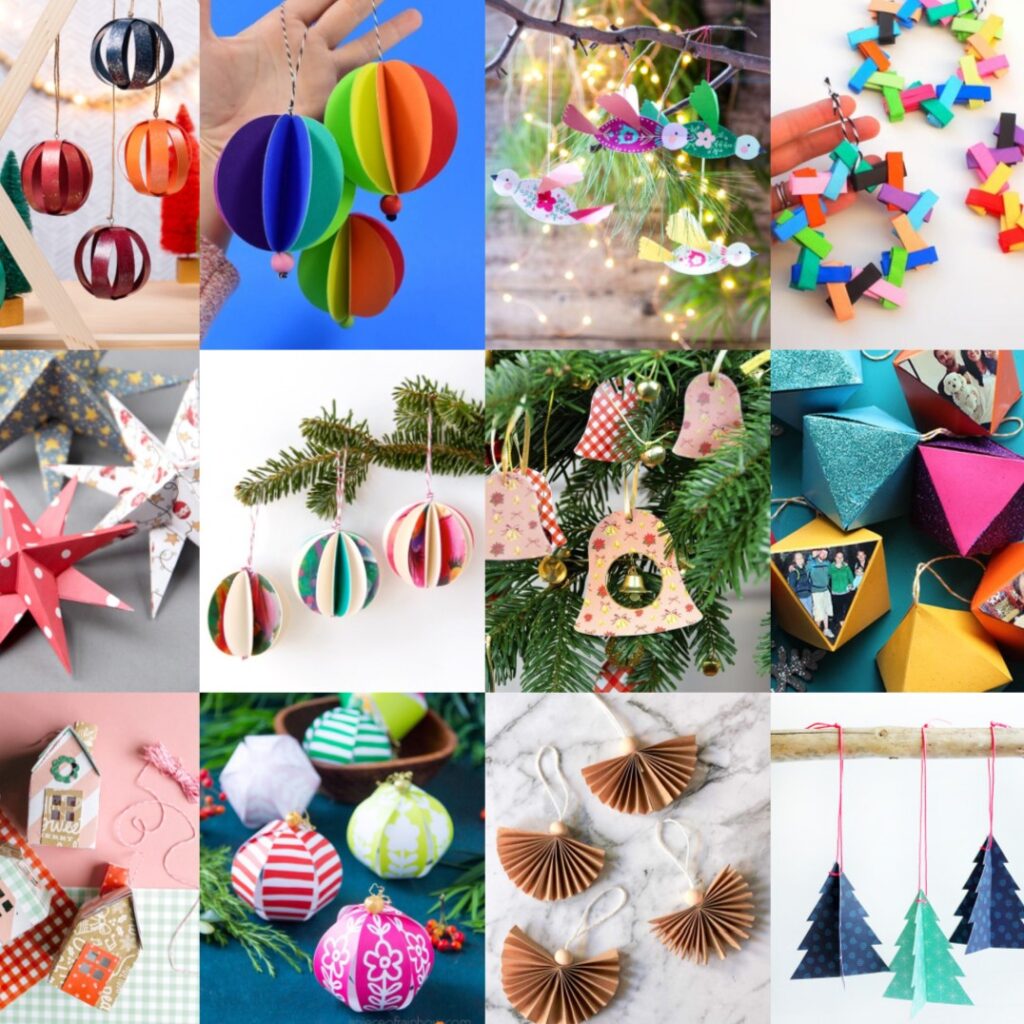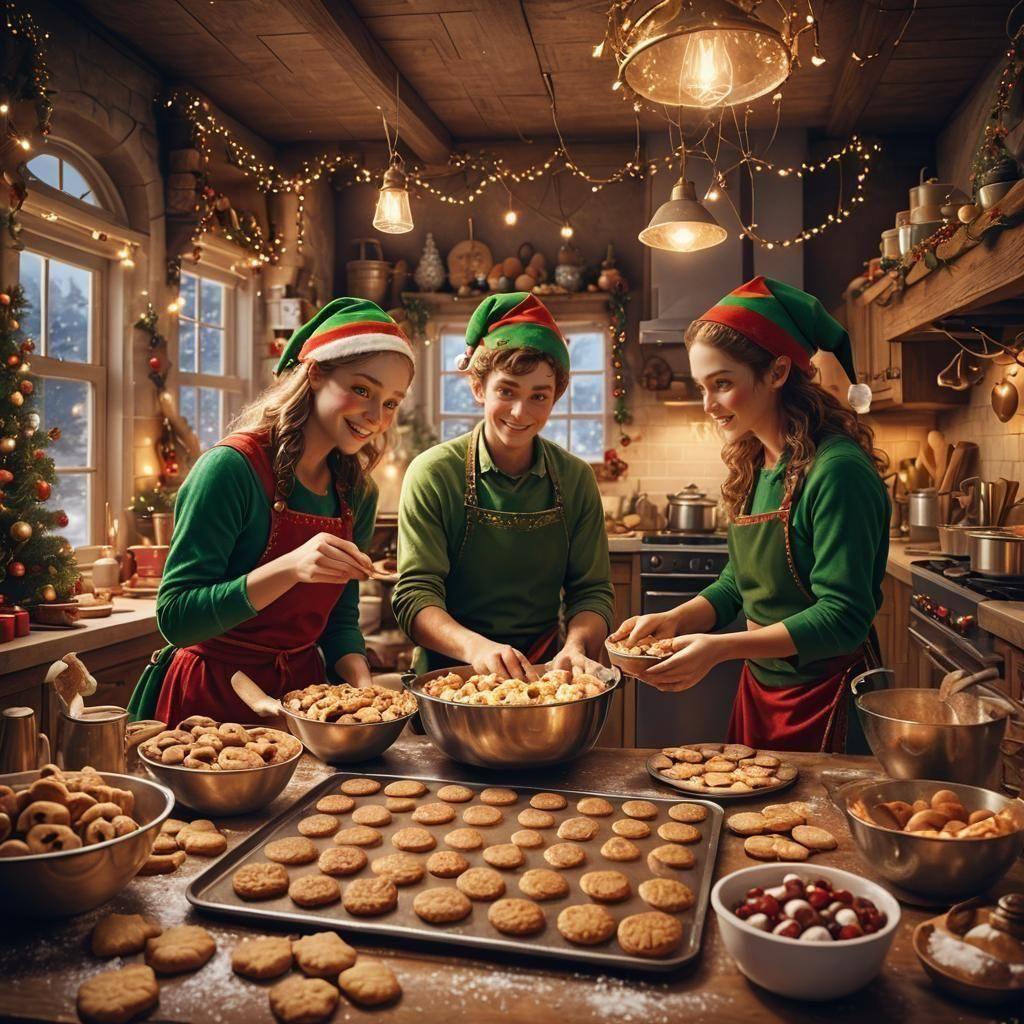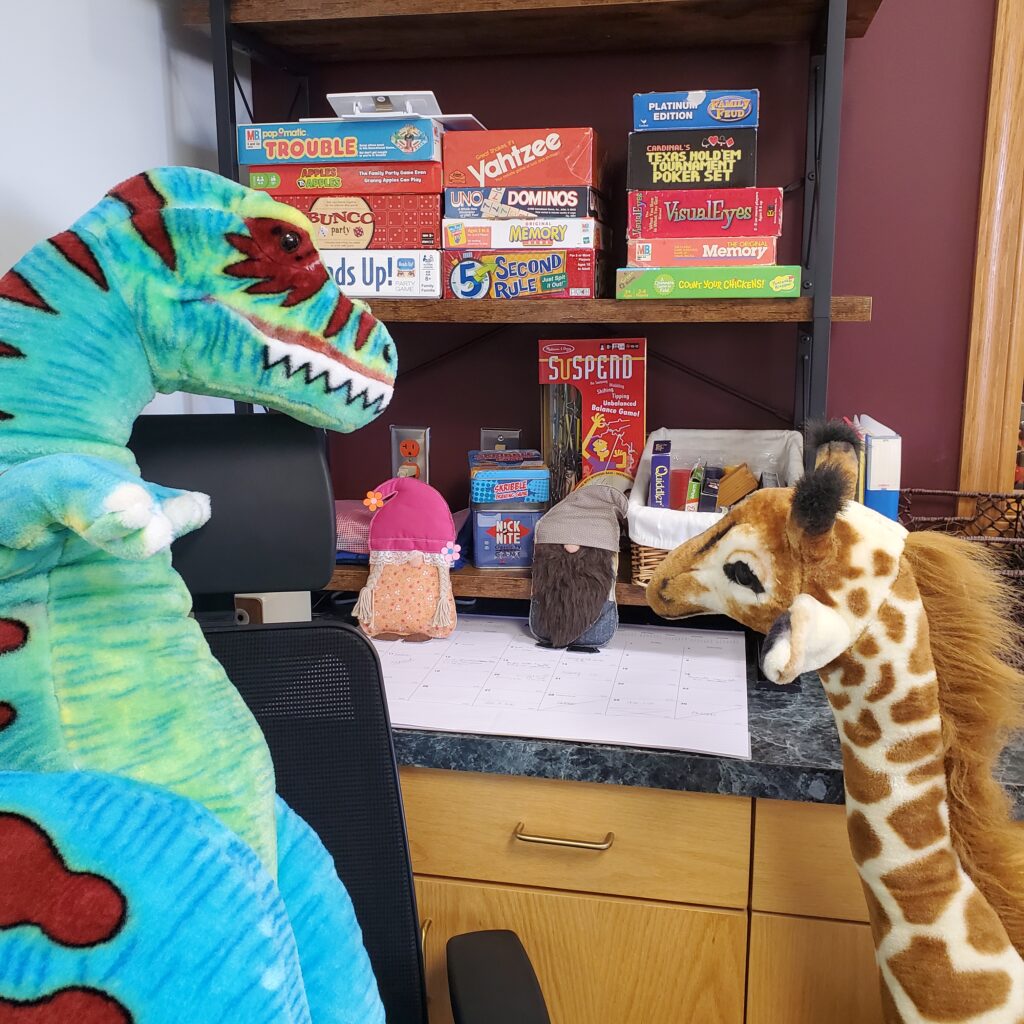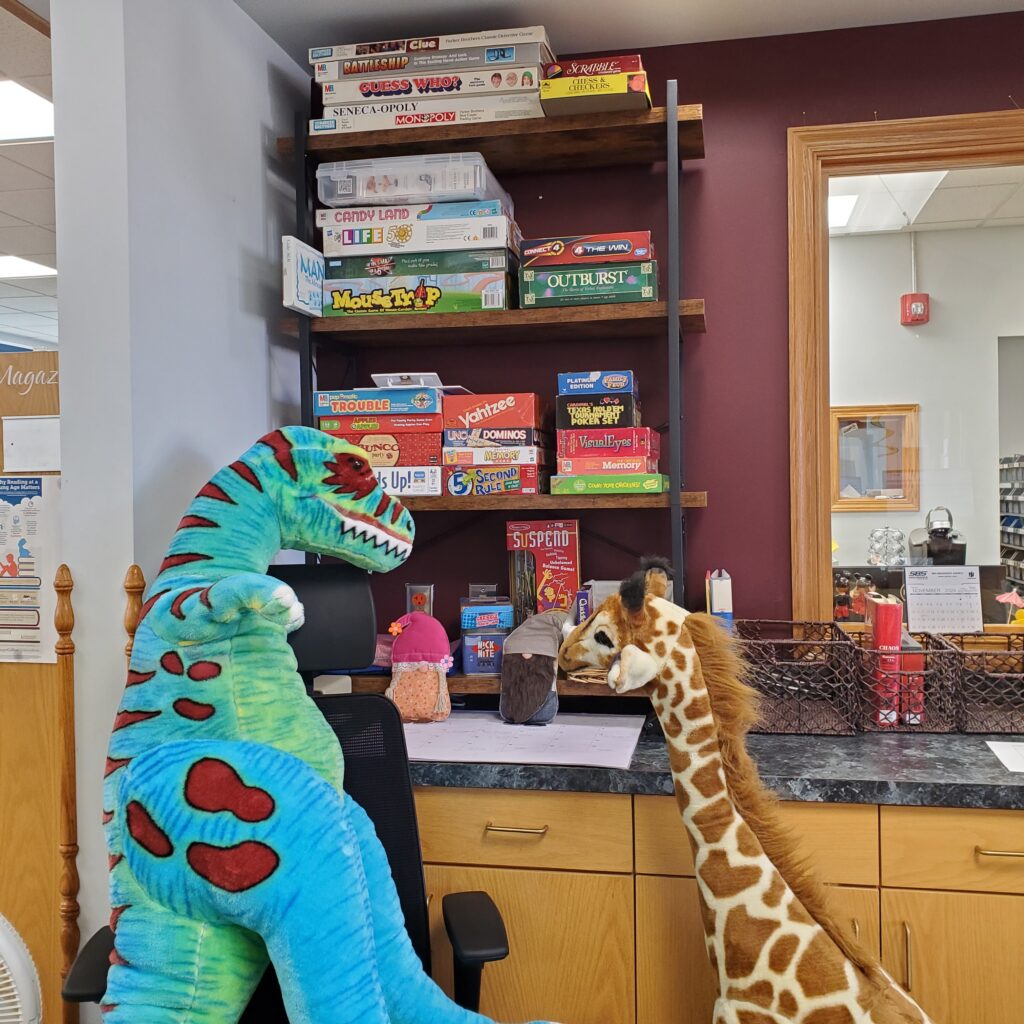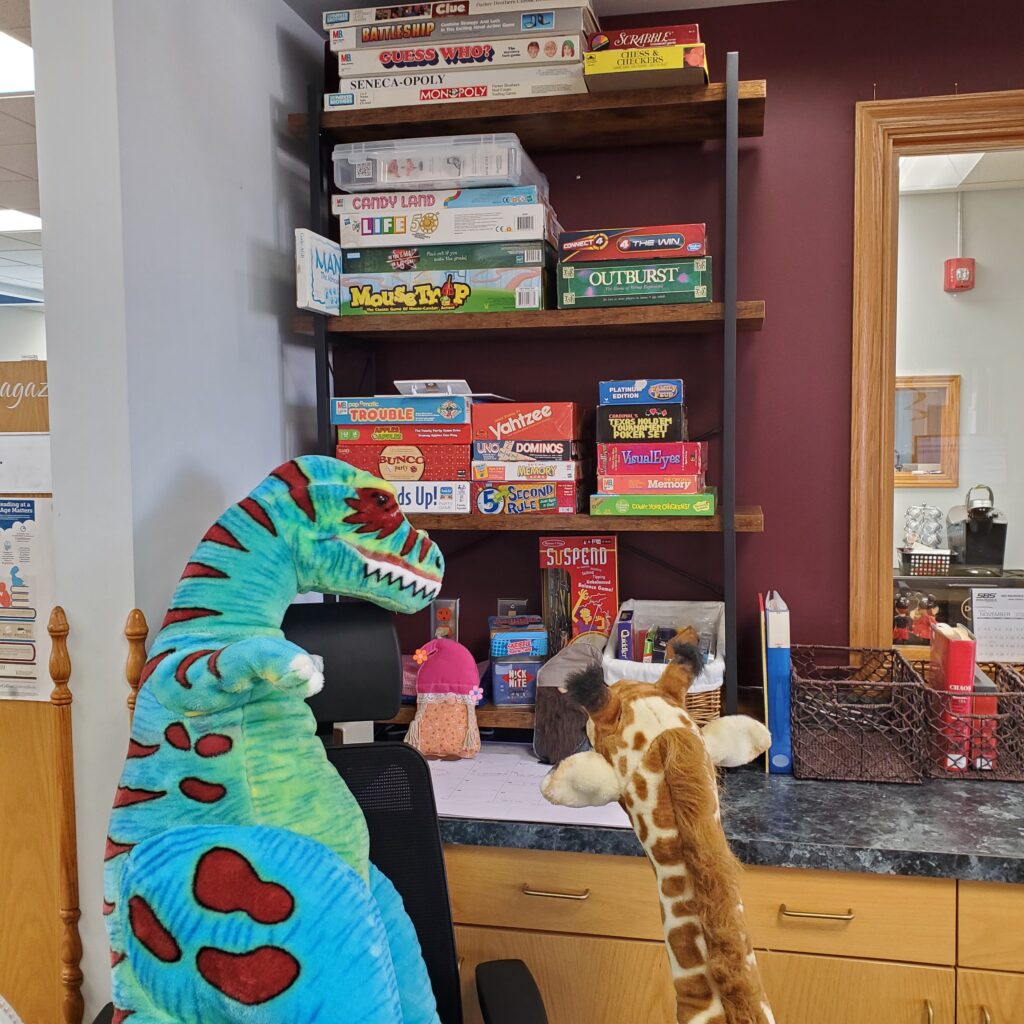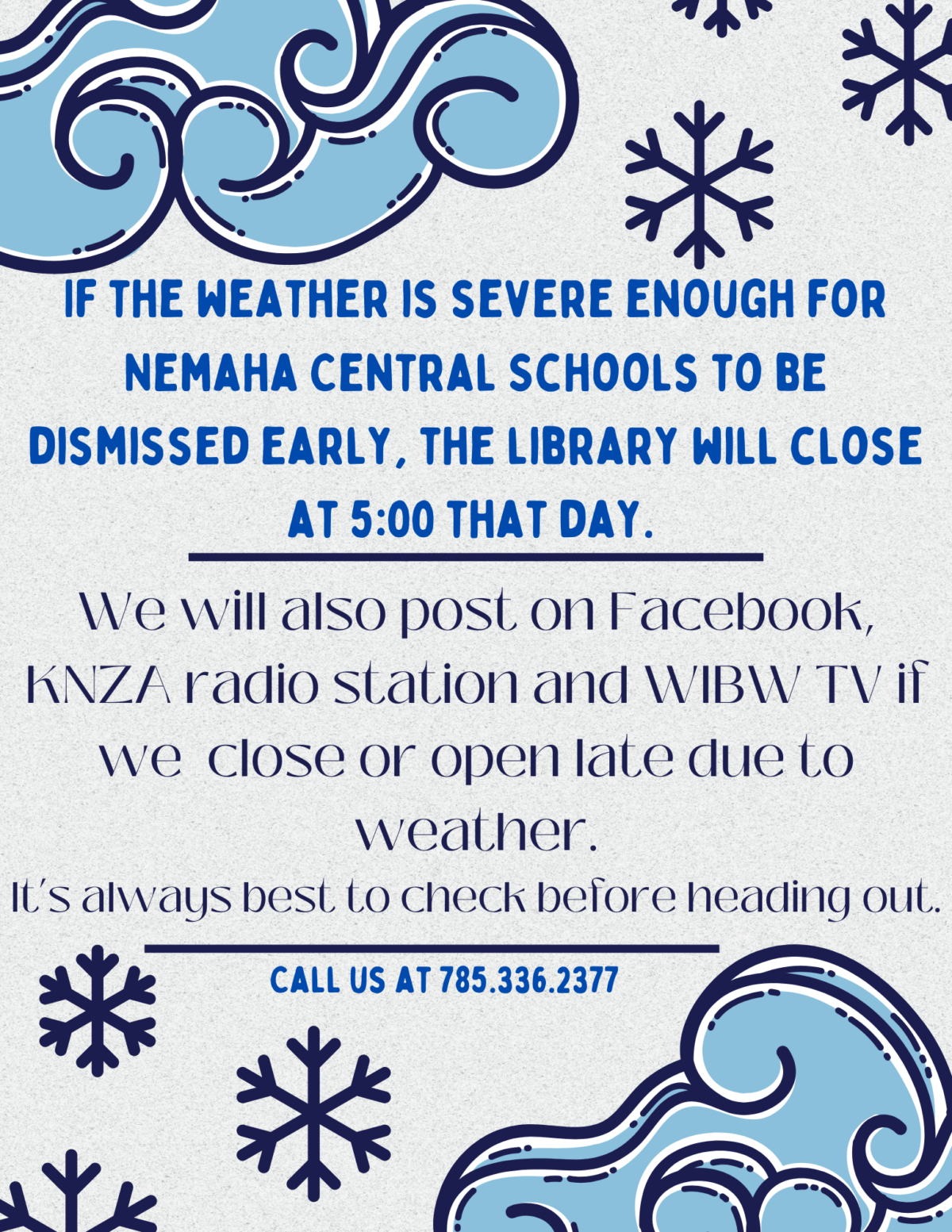Winter Break Will Include Game Days at SFL December 27 and January 3!
GAME ON!!!!
On December 27 and January 3, Seneca Free Library is cracking open our Game Vault for an Official Game Day from 1:00 PM – 4:00 PM. These game day events are free to area kids and adults ages 7 and up. It’s an open attendance event so participants can come and go during this time as their schedule allows. You can play an assortment of games through the afternoon or just drop in to play a few quick rounds of your favorite game between appointments or errands!
Children 6 and under must be accompanied by an Adult (school age siblings do not count as sufficient supervision in the library). While library staff will be present to facilitate this activity, babysitting services are not available during this time. As typical with any library event, please provide us with contact information relevant to the times of the event schedule or give your child a written copy of this information to deliver to us when they check in. Please be advised, if participants exhibit disruptive or inappropriate behavior, we reserve the right to remove them from activities. A parent or guardian may be contacted and requested to pick them up.
With that all being said, we are very excited to offer this activity option to the calendar and to see our collected game vault put to good use!

